Sponges for Gardens
scarletdaisies
14 years ago
Related Stories
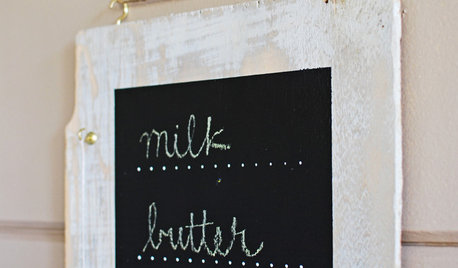
CRAFTSEasy DIY: Charmingly Rustic Hanging Chalkboard
If you can lift a sponge brush, you can transform a wood scrap into a useful chalkboard for a good old-fashioned to-do list
Full Story
EDIBLE GARDENSHow to Grow Your Own Sweet Summer Crops
This guide will help any gardener get started on growing the freshest warm-season veggies and berries for summer
Full Story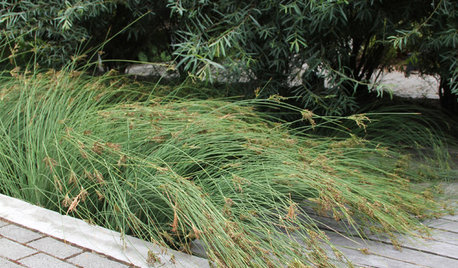
GARDENING GUIDESProtect a Precious Resource With a Rain Garden
Promote pure water and a beautiful landscape with a garden design that makes the most of the rain
Full Story
EDIBLE GARDENSSummer Crops: How to Grow Tomatoes
Plant tomato seedlings in spring for one of the best tastes of summer, fresh from your backyard
Full Story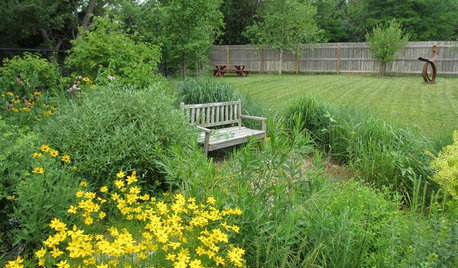
GARDENING GUIDESHow to Design a Garden That Lasts
Climates are changing. Wildlife is evolving. Can your garden keep up?
Full Story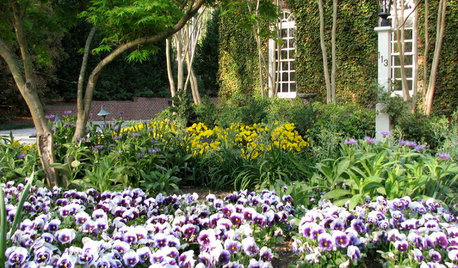
GARDENING GUIDESSoutheast Gardener's October Checklist
When you're not toting houseplants back inside or planting cool-season crops, you can start preparing garden beds for next year
Full Story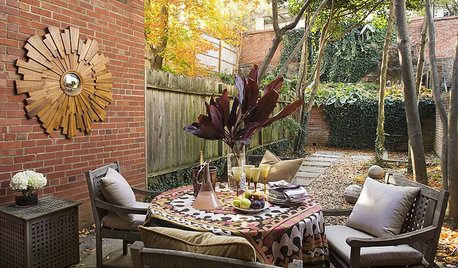
GARDENING AND LANDSCAPING6 Tips From Great Urban Gardens
Here's How to Create Your Own Outdoor Sanctuary in the City
Full Story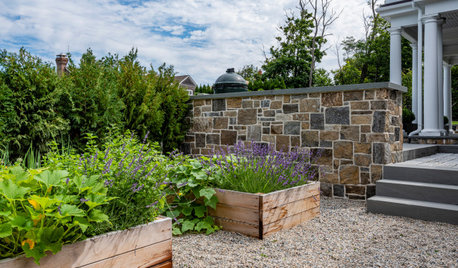
GARDENING GUIDES9 Ways to Be Water-Wise in the Edible Garden
Consider these tips to get a healthy backyard crop that uses less water
Full Story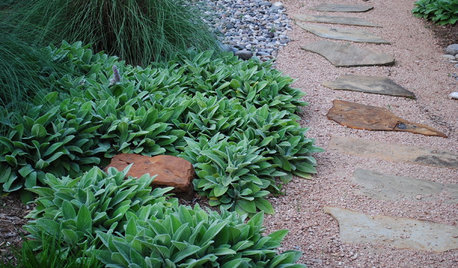
SAVING WATERLush Gardens With Low Water Needs
Drought tolerant doesn’t have mean spindly, brown and thorny
Full Story
LANDSCAPE DESIGNHow to Shape a Rain Garden and Create the Right Soil for It
Learn how to grade, lay out and amend the soil in your rain garden to support your plants
Full Story





lazy_gardens
jordan_and_slippy
Related Professionals
Glendora Landscape Architects & Landscape Designers · Grand Haven Landscape Architects & Landscape Designers · Jennings Landscape Architects & Landscape Designers · Gainesville Landscape Contractors · Ashburn Landscape Contractors · Bridgeview Landscape Contractors · Deerfield Beach Landscape Contractors · Euclid Landscape Contractors · Live Oak Landscape Contractors · Setauket-East Setauket Landscape Contractors · Bensenville Landscape Contractors · Conyers Siding & Exteriors · Derry Siding & Exteriors · Lenoir Siding & Exteriors · Tigard Siding & Exteriorslinda_schreiber
scarletdaisiesOriginal Author